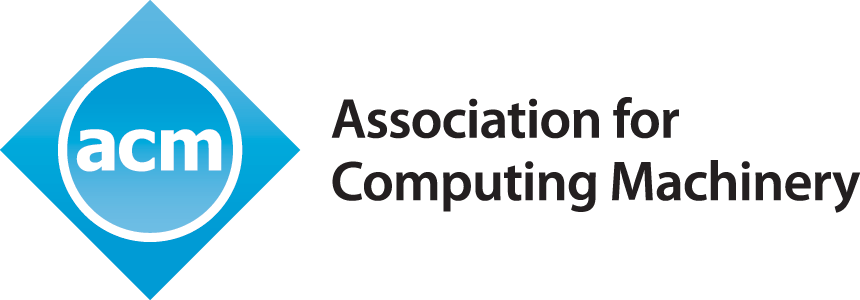ASIAN INTERNET ENGINEERING CONFERENCE


 ACM SIGCOMM
ACM SIGCOMMNovember 20 - 22 , 2017Venue: Jamjuree 1, Pathumwan Princess Hotel, Bangkok Thailand
Radia Perlman

Radia Perlman's work has had a profound impact on how computer networks work today. It enables huge networks, like the Internet, to be robust, scalable, and largely self-managing. Her technology also transformed Ethernet from a technology that could support a few hundred nodes within a building, into a technology that could support networks of hundreds of thousands of nodes. She has also made important contributions in network security, including robustness despite malicious trusted participants, assured delete, key management for data at rest encryption, DDOS defense, and user authentication. She is currently a Fellow at Dell EMC, and has taught as adjunct faculty at MIT, Harvard, and University of Washington. She wrote the textbook "Interconnections", and co-wrote the textbook "Network Security". She holds over 100 issued patents. She has received numerous awards including induction into the Inventor Hall of Fame, lifetime achievement awards from ACM's SIGCOMM and Usenix, election to National Academy of Engineering, induction into the Internet Hall of Fame, and an honorary doctorate from KTH. She has a PhD in Computer Science from MIT.
Full Bio
So much of what is written about "blockchain" gives the impression that it is a revolution in computing, will completely transform society, and any forward-thinking engineer should base all future designs on it. Most of what is written treats it as a black box with magic properties, including low latency commitment of data, and “immutability”. Does “blockchain” actually have those properties? How do blockchain security and efficiency properties compare with traditional solutions? To add to the confusion, the term "blockchain" is a moving target buzzword that has been used to describe anything that involves computers, cryptography, storage, and networks. This talk will focus on the technology behind Bitcoin, where the term "blockchain" originated. This talk is an invitation to technical debate.




